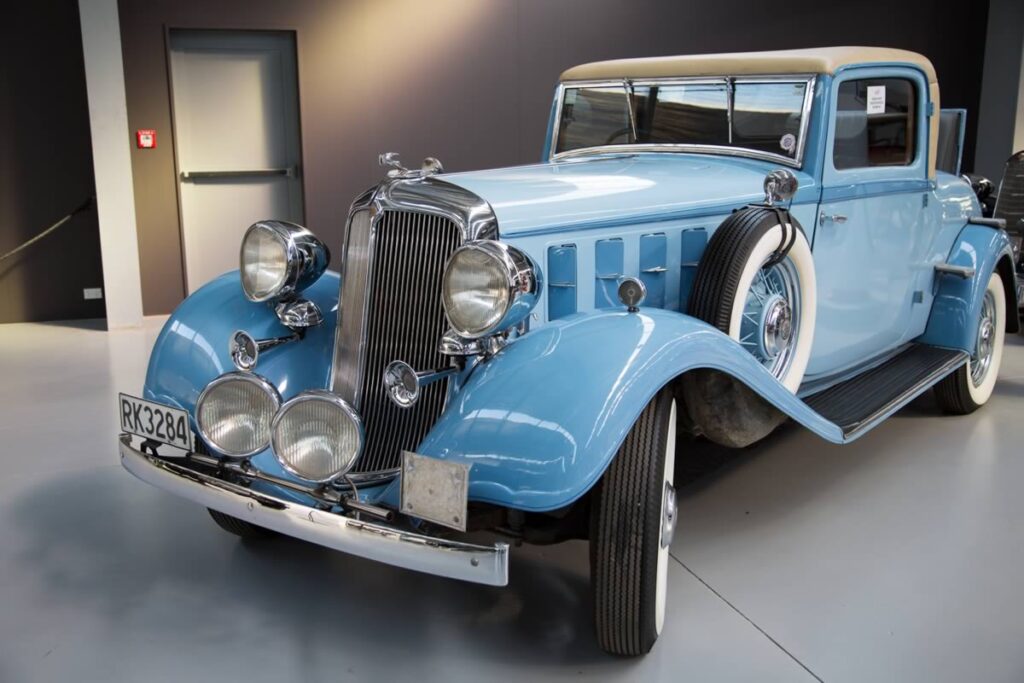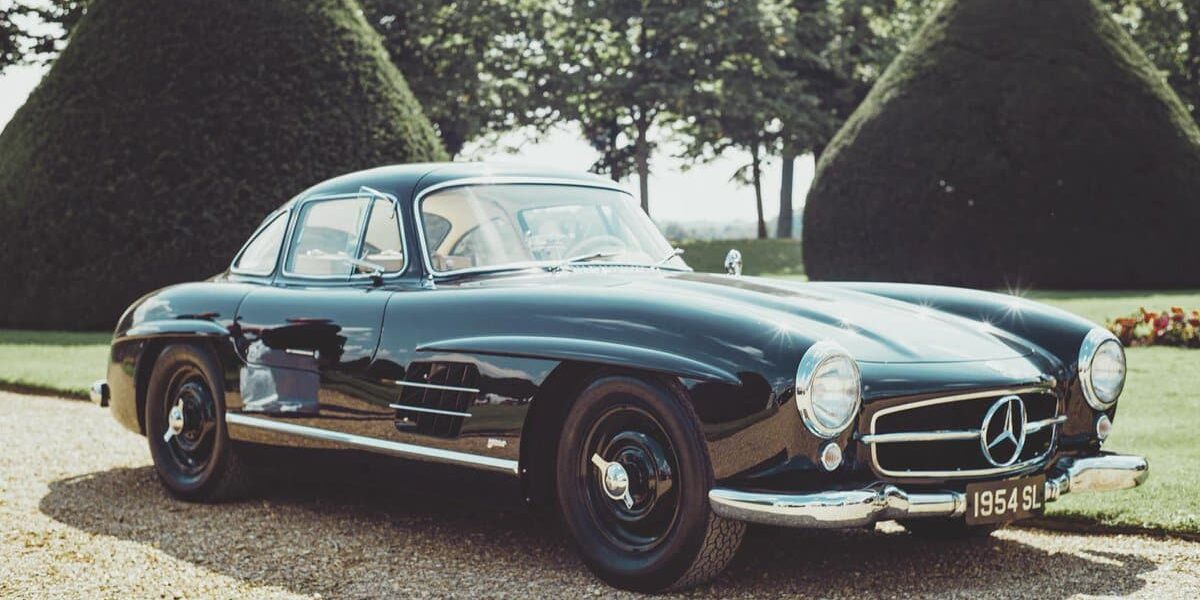Owning a classic car is more than just a hobby; it’s an investment. Classic cars often appreciate in value over time, making them a valuable asset. To protect your investment, it’s essential to understand the importance of classic car insurance. In this guide, we’ll delve into the world of classic car insurance, covering what it is, why you need it, how to obtain it, and some tips for getting the best coverage.
What Is Classic Car Insurance?
Classic car insurance is a specialized type of insurance designed to protect vintage and antique vehicles. Unlike regular auto insurance, classic car insurance considers the unique value and characteristics of these cherished automobiles. Classic car insurance often provides better coverage and more tailored options for the specific needs of classic car owners.
Why Do You Need Classic Car Insurance?
Owning a classic car is different from owning a regular vehicle, and here’s why you need classic car insurance:
Agreed Value Coverage
One of the key benefits of classic car insurance is the “agreed value” coverage. Unlike standard auto insurance, where your car’s value is based on depreciation, classic car insurance lets you and the insurer agree on the vehicle’s value upfront. In the event of a total loss, you’ll receive the agreed-upon amount, protecting your investment.
Limited Usage
Classic car insurance typically comes with restrictions on how often you can use your vintage car. This limitation helps keep your premiums lower while still providing coverage during special events, car shows, and occasional pleasure drives.
Spare Parts Coverage
Classic cars often require rare or hard-to-find replacement parts. Many classic car insurance policies include coverage for spare parts and accessories, making it easier to maintain and restore your vehicle.
Appreciation Protection
Classic cars often appreciate in value over time, unlike modern vehicles that depreciate. A classic car insurance policy can help ensure that your investment is adequately protected as its value increases.
How to Obtain Classic Car Insurance
Getting classic car insurance involves a few key steps:
1. Determine the Value of Your Classic Car
Before obtaining classic car insurance, you need to establish the agreed-upon value of your vehicle. Consult with experts or use classic car valuation tools to determine an appropriate value.
2. Find a Reputable Classic Car Insurance Provider
Not all insurance companies offer classic car insurance, so you’ll need to do some research to find a reputable provider that specializes in this type of coverage.
3. Gather Necessary Documentation
You’ll typically need to provide photographs of your classic car, information about its restoration or modification, and details about how you plan to use the vehicle. Having all the required documentation ready will expedite the application process.
4. Get Multiple Quotes
Shop around and obtain quotes from multiple classic car insurance providers to ensure you get the best coverage at a competitive price.
5. Review the Policy Carefully
Once you’ve chosen an insurance provider, carefully review the policy terms and conditions to ensure it meets your needs and expectations.
6. Consider Add-Ons
Depending on your specific requirements, you might want to consider add-ons such as coverage for spare parts, emergency roadside assistance, or coverage for car shows and events.

Tips for Getting the Best Classic Car Insurance
To ensure you get the best classic car insurance coverage, consider these tips:
1. Join a Classic Car Club
Some insurance companies offer discounts to members of classic car clubs. Joining a club not only provides social benefits but can also save you money on your insurance premiums.
2. Keep Your Car Secure
Installing security features like alarms, immobilizers, and tracking devices can help lower your insurance premiums by reducing the risk of theft.
3. Maintain a Good Driving Record
A clean driving record will often lead to lower insurance premiums, even for classic cars.
4. Choose an Appropriate Mileage Limit
Be realistic about how often you plan to use your classic car. Select a mileage limit that suits your usage to keep your premiums lower.
5. Bundle Policies
If you have other insurance needs, consider bundling your classic car insurance with your home or other auto policies. This can lead to discounts and savings.
FAQsWhat qualifies a car as a classic or vintage vehicle?
The definition of a classic or vintage car can vary slightly depending on the insurance provider, but it generally refers to a vehicle that is at least 20 to 25 years old. Some insurers may have specific criteria, such as a certain model or make’s historical significance or rarity. It’s important to check with your insurance provider to determine if your car qualifies.
2. How is the “agreed value” of a classic car determined?
The “agreed value” of a classic car is determined through a mutual agreement between the owner and the insurance company. This value is typically based on the car’s condition, rarity, historical significance, and market value. Owners may need to provide documentation, such as photographs and appraisal reports, to support the agreed-upon value.
3. Can I use my classic car for daily commuting with classic car insurance?
Most classic car insurance policies have restrictions on daily commuting. They are typically designed for occasional use, such as pleasure driving and attending events or car shows. If you intend to use your classic car for daily commuting, you may need to discuss specific usage arrangements with your insurance provider.
4. Is it possible to insure a classic car under a standard auto insurance policy?
While it’s possible to insure a classic car under a standard auto insurance policy, it’s generally not recommended. Standard policies are often inadequate for protecting the unique needs and value of classic cars. Classic car insurance is specifically tailored to address the requirements of vintage and antique vehicles, offering better coverage and agreed-upon value protection.
5. What should I do if I plan to restore or modify my classic car?
If you plan to restore or modify your classic car, it’s crucial to inform your insurance provider. Changes to the vehicle’s condition and value can impact your policy’s terms. Some insurers offer specialized coverage options for restoration projects, which may include coverage for spare parts and modifications. Always keep your insurance company informed of any significant changes to your classic car to ensure it remains adequately covered.
Conclusion
Protecting your classic car investment with the right insurance is essential for preserving its value and ensuring peace of mind. Classic car insurance offers unique benefits tailored to the specific needs of vintage and antique vehicle owners. By following the steps outlined in this guide and considering the tips for obtaining the best coverage, you can safeguard your cherished classic car for years to come.
Also Read: How to Choose the Right Insurance Agent for Your Needs







